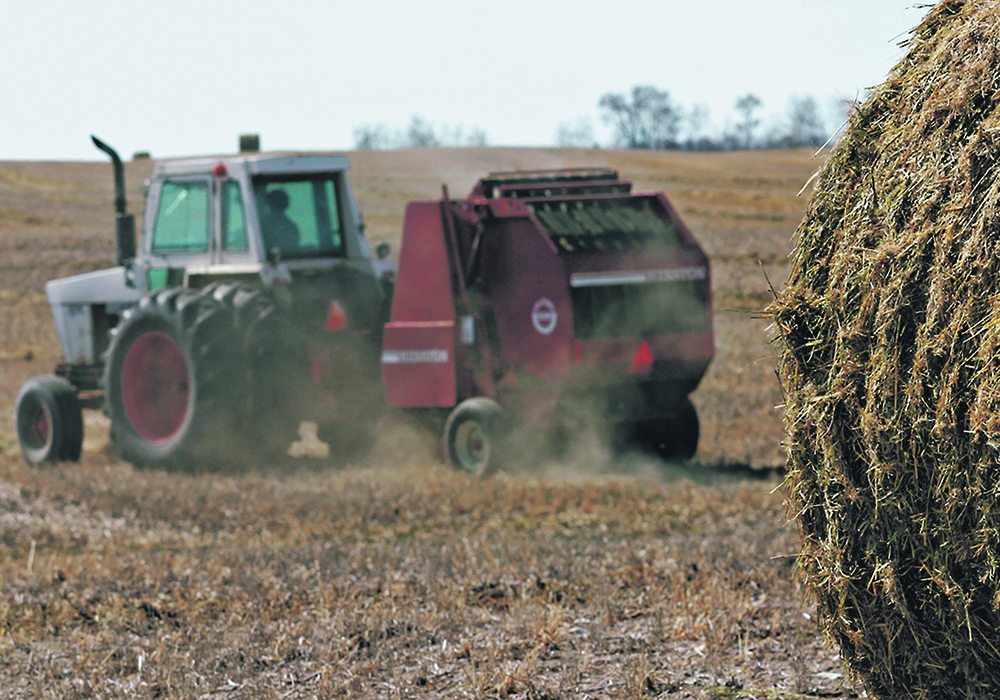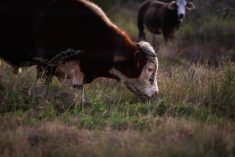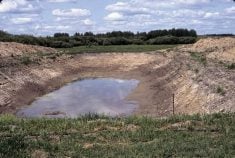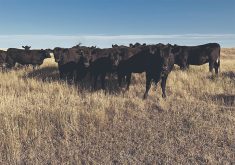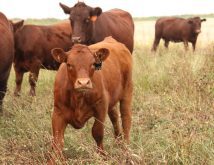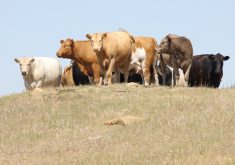Growing perennial and annual crops can stretch the grazing period to provide farmers options during a drought
REGINA — This year could be another dry one and cattle producers may have to consider management options.
This includes whether herd numbers can be maintained with available feed sources or whether animals can be moved elsewhere.
“Do I work with my neighbour, who is a cropping guy, and maybe strike up a deal to use up some of his residues from his cash crops? Those are the types of things we need to think about,” said University of Saskatchewan professor and researcher Dr. Bart Lardner.
Read Also
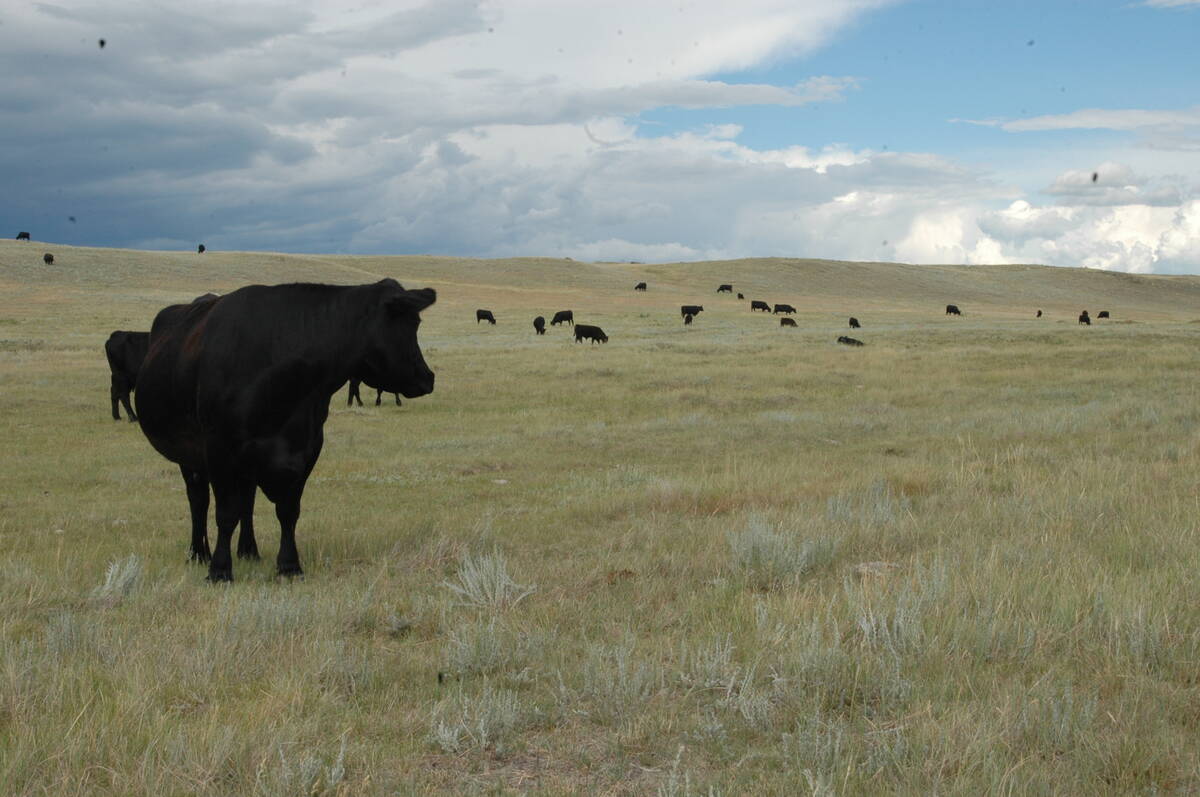
Canadian Food Inspection Agency slammed for handling of bovine tuberculosis case
The federal government leans heavily on producers to “take one for the team” and risk their livelihoods without any reassurance of support.
Generally these decisions are made in late spring.
“It’s very difficult for folks to plan for drought last fall,” he said. “Once we get into the May-June time period, it’s an individual decision and it’s a difficult decision.”
Producers have fenced land or put in annual forages to balance perennials. In the last few years, cattle have grazed a lot of canola, lentils and peas.
“You need to be very flexible,” Lardner said.
He likes the idea of planting annual forages and choosing the right variety is key. Whether it’s barley or oats, a forage type as opposed to a grain type works best.
“If it’s Haymaker oats versus Arborg, probably Haymaker is the variety I would suggest,” he said, noting it will produce greater biomass than grain varieties.
Smooth awn forage barleys include Ranger, Cowboy, Maverick and the newest, Advantage.
“Hopefully you’re putting it in the ground and six weeks to seven weeks later you have some grazing to balance off your perennial native or maybe your perennial tame grass,” he said.
A new forage wheat is in the works that will add to available options for this type of feed source.
Lardner said he is often asked what the best annual forage is if producers are going to plant winter cereals in spring for vegetative growth only.
“The choices are fall rye, winter wheat or winter triticale. I always lean toward the fall rye.”
He said fall rye is more drought tolerant than Italian rye grass and can be grazed within six weeks. It also acts like a biennial.
“If you get a little more rain, it will come into the fall and it will overwinter and you’ll get some spring grazing with that.”
Lardner said the idea is to have a good mix of perennial and annual resources even while hoping perennials will produce in spring. Stretching the grazing period helps during drought.
There are also cover crop or polycrop options and a study will begin this summer on these.
Feed companies jumped on this bandwagon several years ago but Lardner said there is still work to be done to validate the claims some are making.
These mixes contain cool and warm season grasses, a legume and a brassica, generally. But whether they can improve soil health, sequester more carbon and provide good quality feed has not yet been established.
Lardner said he is particularly concerned about claims that feeding polycrops negates the need to feed minerals.
“We’ve looked at them and we’re comparing obviously the straight monoculture oat to a simple four-species mix to a complex eight- to 12-species in the mix. We’re kind of leaning (towards) saying maybe a simple mixture is what we would recommend,” he said.
Some companies have many species in the mix but not everything will come up.
“Producers are paying for everything in the mixture,” he said. “If I’m paying per pound … I want to make darn sure it’s germinating.”
Lardner said cool and warm season crops should indeed be in the mix and the brassica should only be 10 to 15 per cent of the composition. He said annual legumes have not done well in his research at Clavet, Sask.
There are concerns about hairy vetch in these mixes. American research has shown problems with toxicity and one Saskatchewan producer had deaths after feeding irrigated forage that contained a substantial amount of hairy vetch.
Lardner said he hasn’t had that issue but he has also heard of “a train wreck” from bales containing too much stinkweed.
Weeds can be nutritious but do have negative qualities such as glucosinolates, nitrates, oxalates and prussic acid.
“You have to really manage them long term.”
One other option to consider is corn. Lardner said while corn needs rain and nitrogen, some of the new cultivars produce considerable biomass even with limited rainfall.
“You want to have a plan. If you do get rain then your perennial stocks get recharged. That’s a good thing. For the annual plan, you might throw in that quarter section of whatever crop (as discussed above.)


